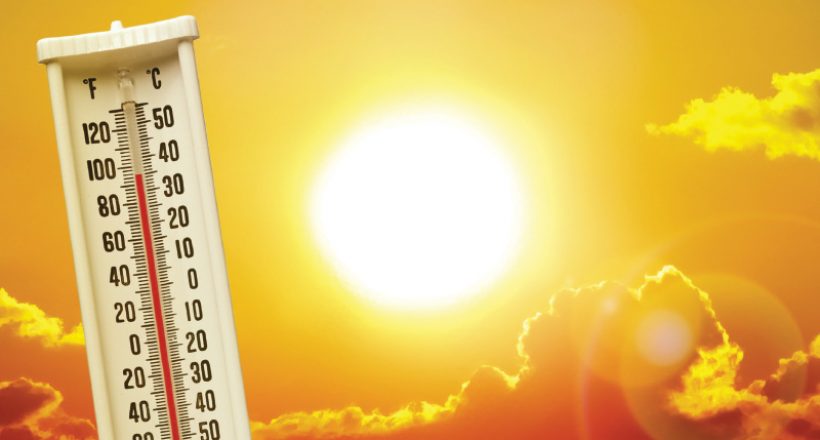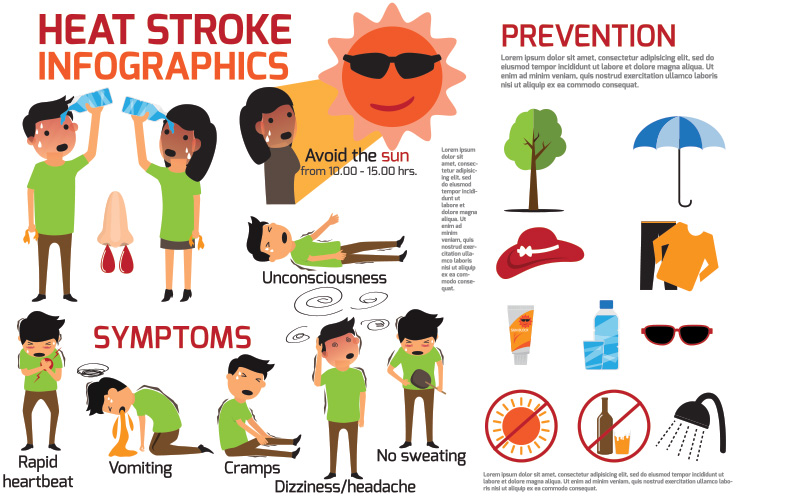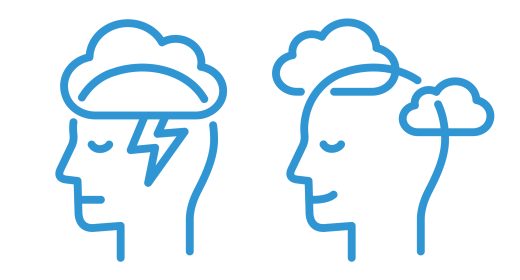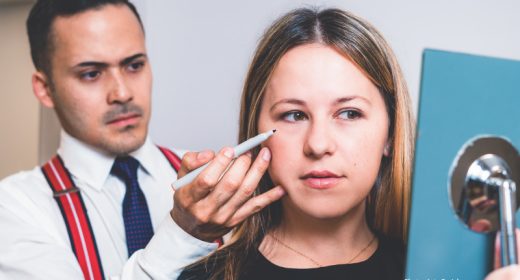
The Doctor Is In – Heat Emergencies
- FEB 28, 2019Warning: count(): Parameter must be an array or an object that implements Countable in /home/howlermag/public_html/old/wp-content/themes/new-paper/includes/general.php on line 193

Your Lead Paragrpah goes here
The Doctor Is In – Heat Emergencies. You are on the beach or doing a big hike and all of a sudden you feel clammy and the world seems to be closing in on you. What could be happening? You are probably experiencing some type of heat emergency. Heat emergencies can range from mild to life-threatening and in Costa Rica you need to know how to identify them in yourself and others.
Normally, heat produced within the body is brought to the skin surface by tiny capillaries in the bloodstream, escaping to the cooler environment by conduction, radiation and convection. When the surrounding air temperature is equal to or greater than that of the body, heat must be lost by moisture or sweat from the body surface.
As air becomes more humid, vaporization from the body slows. A hot day, with high humidity and no breeze, furnishes an ideal situation for heat retention and a resulting medical emergency.
It’s much easier to prevent heat emergencies than to have to treat them. When active in a hot environment, take frequent rest periods to cool off. It is extremely important to drink plenty of water to keep the body fluid volume at normal or above-normal levels.

Heat exhaustion
Heat exhaustion occurs in individuals who are active in hot environments. This “near-fainting” condition is caused by the pooling of blood in the lower extremities. When a person is standing or sitting, there can be inadequate flow of blood to the heart and brain. Clinical symptoms are cold and clammy skin, pale appearance, weak pulse, shallow breathing and possible loss of consciousness.
Treatment consists of moving patients to a cooler place, laying them flat on the floor and placing cold applications on the skin. Clothing should be removed to facilitate loss of heat through skin exposure. Patients usually recover fairly quickly.
Heat cramps
Heat cramps are seen in people who engage in activity in a hot environment and sweat a great deal. Cramps are a result of a loss of salt from the body causing painful spasms, especially in leg and abdominal muscles.
Treatment of heat cramps requires fluid and salt intake, usually in the form of commercial electrolyte solutions such as Gatorade. Gentle massage on the cramped muscles can provide relief.
Heatstroke
Heatstroke (or sunstroke) is especially common in elderly individuals who are exposed to hot surroundings for prolonged periods. This results in a large amount of heat being stored and the body temperature can be very high. In contrast to the pale, moist skin of heat exhaustion, a heatstroke patient’s skin is dry, red and hot. The pulse is rapid and the patient may be unconscious and remain so for a long period of time. This condition is very serious.
Treatment Heatstroke patients should be moved to a cool place. Cold applications should cover the entire body by using cold packs, spraying with cool water, or wrapping the patient in constantly moistened sheets. Competent medical care should be sought as soon as possible. This is an emergency!









